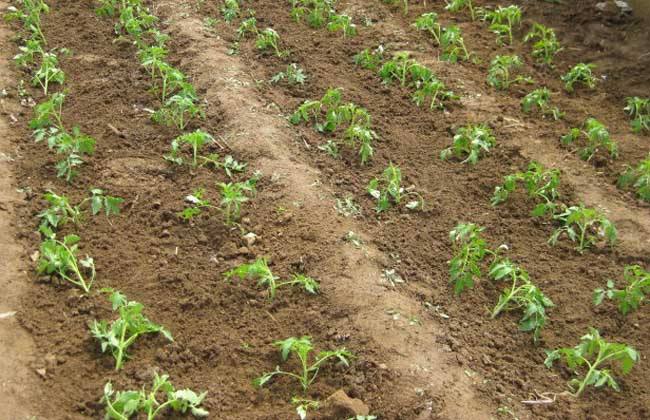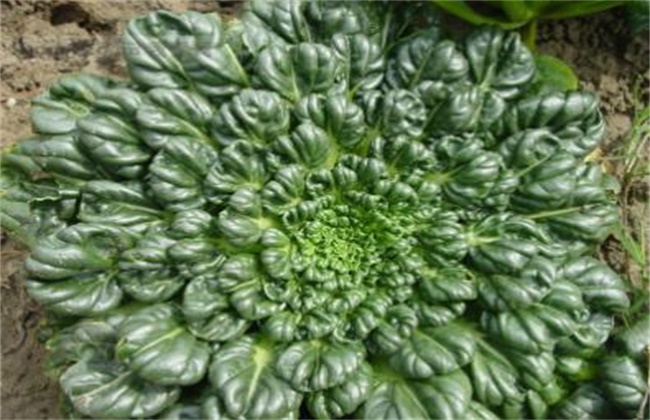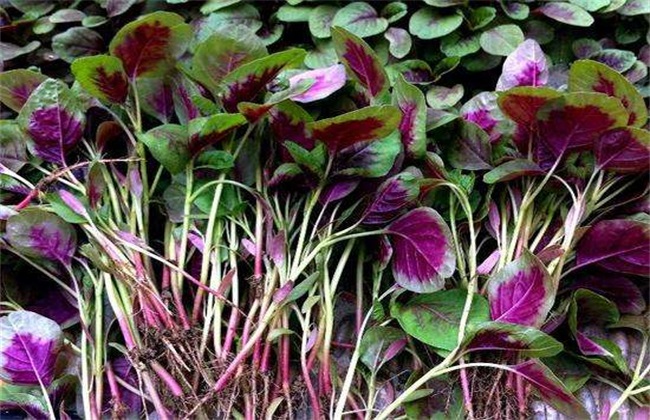Field Management Technology of Tomato
Tomatoes are common vegetables that can be eaten raw in summer. in the past, tomatoes were mainly grown in the warm southern summer, but they have long been grown into out-of-season vegetables in greenhouses and greenhouse facilities. However, no matter which way it is planted, the field maintenance and management after planting has a direct impact on the planting results. Field management generally has the following aspects, which can be explained to you one by one.

1. Irrigation
A small amount of water was watered once during planting and again a week later. After that to the fruit-setting period, no drought, no watering, squatting seedlings, early-maturing varieties grow weak, blossom and fruiting early, the time should be short, mid-late-maturing varieties grow vigorously, control seedlings, the time is prolonged. When the fruit expands, the squatting seedlings should be ended and flooded once in time. Results depending on the weather and soil quality, water was watered once a week to gradually increase the amount of water and keep the soil moist. If there is a drip irrigation facility, drip irrigation once a day. In summer, sometimes it is hot and dry, and sometimes there is a lot of rain. It is necessary to dig a good drainage and irrigation ditch to keep it moist without stagnant water.
2. Fertilization
Tomato root system is relatively strong, generally distributed widely but not deep, there are many roots, generally after the emergence of seedlings, you can add a small amount of fertilizer in the first watering to promote more roots. Be sure to apply compound fertilizer before squatting seedlings to maintain the nutritional requirements during the squatting period. After the end of squatting seedlings, the fruit should be fertilized once during the fruit expansion period to promote the fruit expansion and meet the needs of fruit growth and vegetative growth at the same time. After that, it is necessary to apply fertilizer again during the discoloration period of the fruit, so that the fruit has enough nutrition to mature.
3. Ploughing and weeding
After rain, ploughing between rows can be done once, with some weeds pulled out, but usually when the soil is dry. As long as the soil consolidation and stickiness occurs, it can be ploughed properly, but the number of intertillage can not be more than three times, it is easy to hurt the roots. If it is found that weeds can be pulled out at any time, too many weeds can also be used.
4. Build up and tie up the vine
In order to grow well, ventilate and harvest conveniently, it is generally necessary to set up a frame in the planting line for climbing. But also afraid of the wind and rain is too strong, or the result is too heavy, the vine can not hang, but also need to tie the vine. Build a frame before emergence after planting, usually into a tripod or a quadrangle. Do not bind the vine too tightly to hinder the transport of nutrients.
If you do a good job in the above main aspects when planting tomatoes, you should be able to make tomatoes grow better, and the result will increase a lot, but there are some different management measures to assist production in different areas. It still needs to be managed according to the actual conditions.
Related
- Where is it suitable to grow horseradish in China? it is expected to see the middle altitude horseradish in Alishan.
- How to prevent tomato virus disease reasonably? (Control methods included)
- Many people like to plant towel gourd on the balcony. What are the main points of this method and management?
- What crops can chili peppers be mixed with?
- Fertilization techniques and matters needing attention in Tomato
- What are the grafting techniques for peach seedlings in spring?
- Harm and control methods of root swelling disease of Chinese cabbage
- What are the pests of sweet potatoes? How to prevent and cure it?
- Symptoms, causes and Control methods of navel Rot in Tomato
- The cause of "Cucumber rotten bibcock" in Farmers' planting Cucumber and its Control Plan



